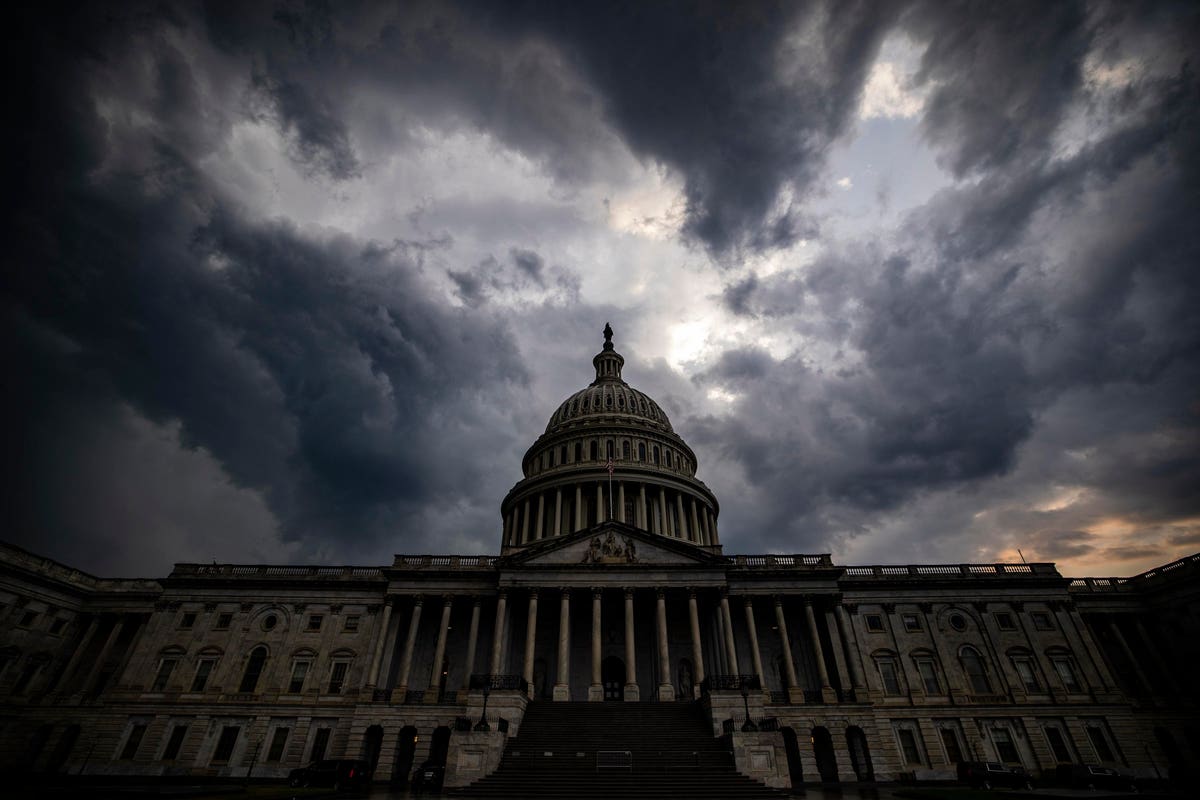Similar to the tense debt ceiling debate this summer, budget negotiations for the funding the U.S. government in fall 2023 may prompt an October government shutdown. The root cause is the same as the debt limit debate, the 2022 midterms created political gridlock between a Republican House and a Democratic controlled Senate and Presidency. However, though a government shutdown impacts economic growth, historically the effect on the markets from a shutdown has been muted.
That’s, in part, because shutdowns have historically been brief, with the longest shutdown, a partial shutdown, lasting 35 days. Most historic shutdowns have been brief, lasting 3 days or less. To ease the impact further, unpaid government employees are now legally guaranteed backpay once the shutdown ends. However, recently shutdowns have been getting longer, with two of the three longest shutdowns occurring in the past decade.
What Is A Government Shutdown?
A government shutdown isn’t as dramatic as the term implies. The government only shuts down selectively.
Many important functions of the government as determined by the Office of Management and Budget remain operational. That’s an extensive list including hospitals, law enforcement, the active military, coordinating the power grid, the IRS and air traffic control and parts of the legal system. Social Security, Medicare and Medicaid are also not impacted by a government shutdown.
This also means that a shutdown disrupts the operations of the government, but typically doesn’t result in any cost savings given that many activities keep operating and government employees are ultimately paid for the time spent on furlough or performing excepted work. Furloughed workers are not required to work, in contrasted, excepted workers are required to work without pay until the shutdown ends. Also, over time, the reaction to government shutdowns has evolved with different departments using approaches to limit the immediate impact of the shutdown.
Still, disruption occurs. Historically around a third of government employees, or 800,000 people have been furloughed or excepted during a shutdown, though they will receive back pay once any shutdown ends. That’s around 0.5% of the U.S. employed population, and that figure excludes the impact on government contractors. Large portions of government spending on contractors relates to defense and healthcare.
An increase of 0.5% of the U.S. population not receiving a paycheck has historically been sufficient to trigger a recession, though of course, here employees are temporarily unpaid, rather than unemployed and the duration of any shutdown has historically been brief, so the impact is moderated.
Although functions of government keep operating, it’s not business as usual. Therefore, longer shutdowns can lead to greater disruption.
Disruptions are felt elsewhere too, new government loans such as for housing and small business funding are not issued, services in National Parks are often cut, air travel can see long lines at security screening checkpoints, government research and statistical reporting generally stop. Ironically, this pause in statistical reporting makes it harder for economists to measure the impact of any shutdown as government reporting on the economy can be delayed during a shutdown.
The Market Impact
Historically, the impact of government shutdowns has been limited. That said many historic shutdowns have lasted just a matter of days, and more recent shutdowns have lasted longer.
Not paying government employees may reduce consumer confidence given the financial stress, especially for those managing paycheck to paycheck. Also, firms in the defense sector and others with material government contracting, may expect to see some temporary dislocation depending on the nature of their contracts.
A 2023 shutdown is a risk as fall approaches, though the government could well pass a budget or Continuing Resolution that avoids any shutdown entirely. Ultimately the market impact of any shutdown will likely be as much about how long it lasts than whether it occurs in the first place. Shutdowns may disrupt certain sectors and firms, but the broader market impact has historically been mild.
Read the full article here













